When it comes to the transportation industry, understanding the dimensions of vehicles is crucial for various stakeholders. One of the most frequently asked questions pertains to the height of an 18-wheeler trailer. In this detailed article, we’ll scale the heights of trailers, explore their construction, delve into legal considerations, and even examine the implications for loading and unloading freight.
Understanding Trailer Heights: The Basics
What is an 18-Wheeler?
To begin, an 18-wheeler refers to a large freight vehicle composed of a truck and a semi-trailer. The term “18-wheeler” denotes the total number of wheels: 10 on the tractor and 8 on the trailer, although configurations can vary.
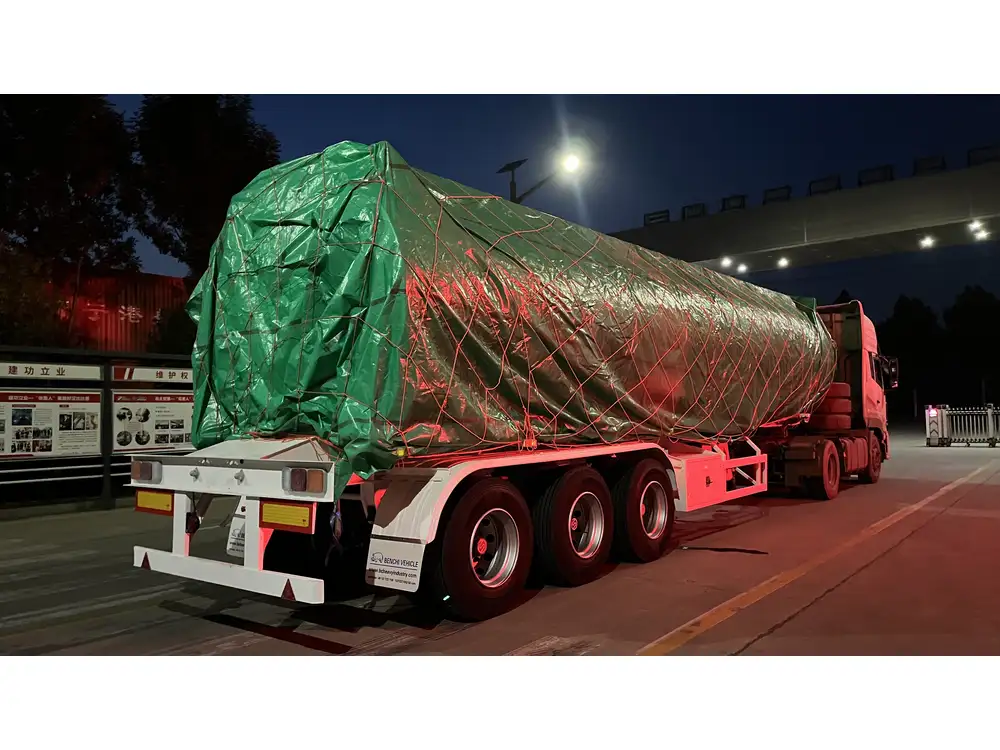
Standard Height of an 18-Wheeler Trailer
The typical height of an 18-wheeler trailer usually ranges between 13.5 to 14.5 feet (approximately 4.1 to 4.4 meters) from the ground to the top of the trailer. However, this standard can fluctuate based on a multitude of factors, including type, design, and load.
| Trailer Type | Standard Height (Feet) | Standard Height (Meters) |
|---|---|---|
| Dry Van Trailer | 13.5 – 14.5 | 4.1 – 4.4 |
| Flatbed Trailer | 13.5 – 14.5 | 4.1 – 4.4 |
| Refrigerated Trailer | 13.5 – 14.5 | 4.1 – 4.4 |
| Lowboy Trailer | 10 – 12 | 3.0 – 3.7 |
Factors Influencing Trailer Height
Numerous factors could affect the height of an 18-wheeler trailer:
Type of Cargo: Different types of cargo require different trailer designs. For example, bulk cargos might necessitate specialized trailers, affecting height.
Country and Regional Regulations: Legal heights for trailers can vary by jurisdiction, which influences design parameters.
Custom Configurations: Some manufacturers offer customized trailers to meet specific logistical needs, impacting average heights.
Suspension Systems: Certain suspension systems might lower or raise the effective height of the trailer depending on whether they are loaded or unloaded.
Understanding Trailer Types
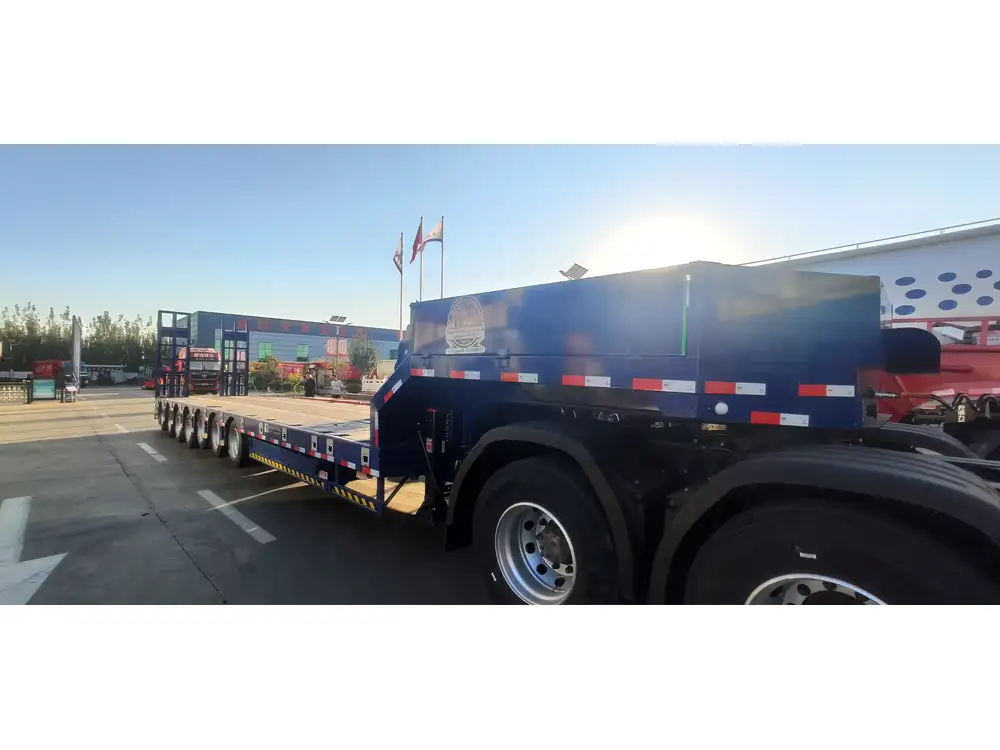
1. Dry Van Trailers
These are the most ubiquitous trailers on the road, providing an enclosed space for transporting a variety of freight. Their height standard of approximately 13.5 to 14.5 feet is ideal for maximizing volume while staying within legal transport limits.
2. Refrigerated Trailers
Also known as “reefer” trailers, these allow for temperature-sensitive goods to be transported safely. They typically mirror the dimensions of dry van trailers, maintaining similar height standards.
3. Flatbed Trailers
Flatbeds stand out as open trailers that allow cargo to be loaded from the sides. While their height mirrors that of dry vans, their loading requirements may necessitate a different approach.
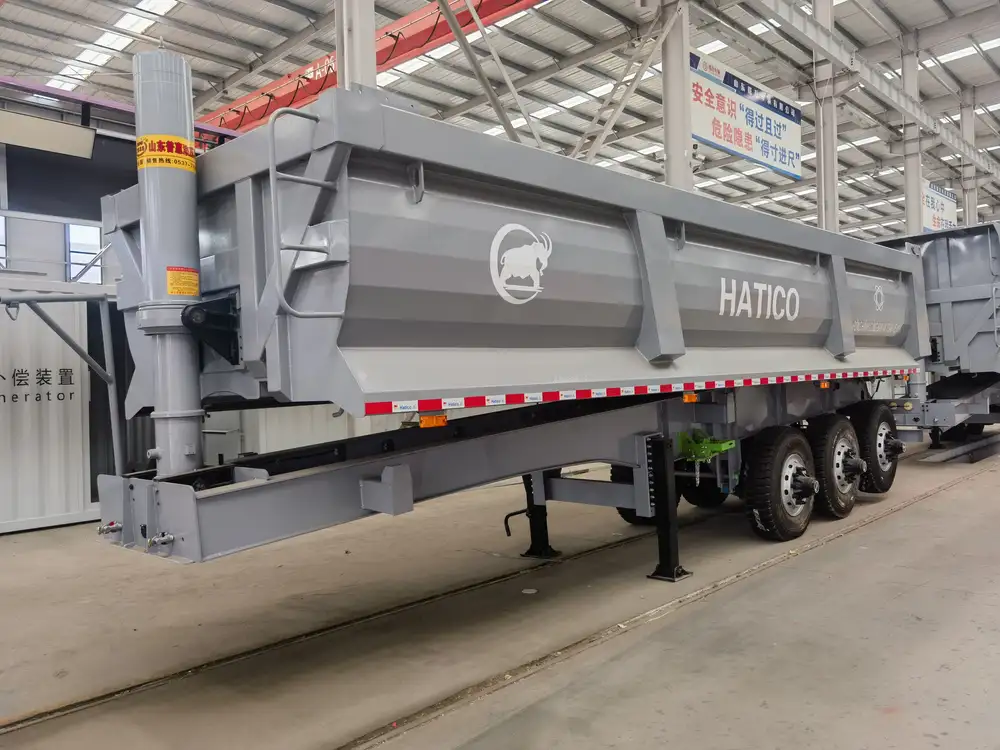
4. Lowboy Trailers
These are particularly designed for transporting heavy machinery and equipment. They are considerably lower—ranging from 10 to 12 feet—allowing for oversized cargo to meet regulations without exceeding height limits.
Legal Considerations for Trailer Heights
Understanding trailer height is imperative not just for shipping logistics but also for complying with regional laws.
Height Restrictions by State
In the United States, maximum legal heights for commercial vehicles typically rest at 13 feet 6 inches (approximately 4.1 meters) under federal regulations. States can have varying height limits, with a few having allowances up to 14 feet. Here’s a rough overview:
| State | Max Height Limit (Feet) |
|---|---|
| California | 14 |
| Texas | 14 |
| Florida | 13.5 |
| New York | 13.5 |

Importance of Compliance
Compliance with height regulations is crucial. Exceeding local height restrictions can lead to severe penalties, including fines and delays. Additionally, it poses significant safety risks, as it greatly increases the likelihood of collisions and accidents, especially in urban settings with overhead structures.
Loading and Unloading: Height Matters
The height of an 18-wheeler trailer also plays a vital role in the logistics of loading and unloading cargo effectively.
Dock Height Compatibility
Most loading docks are typically designed around a height of 48 inches (approximately 1.2 meters) or 52 inches. This is convenient for ensuring that freight can transition smoothly from the ground to the trailer vehicle.
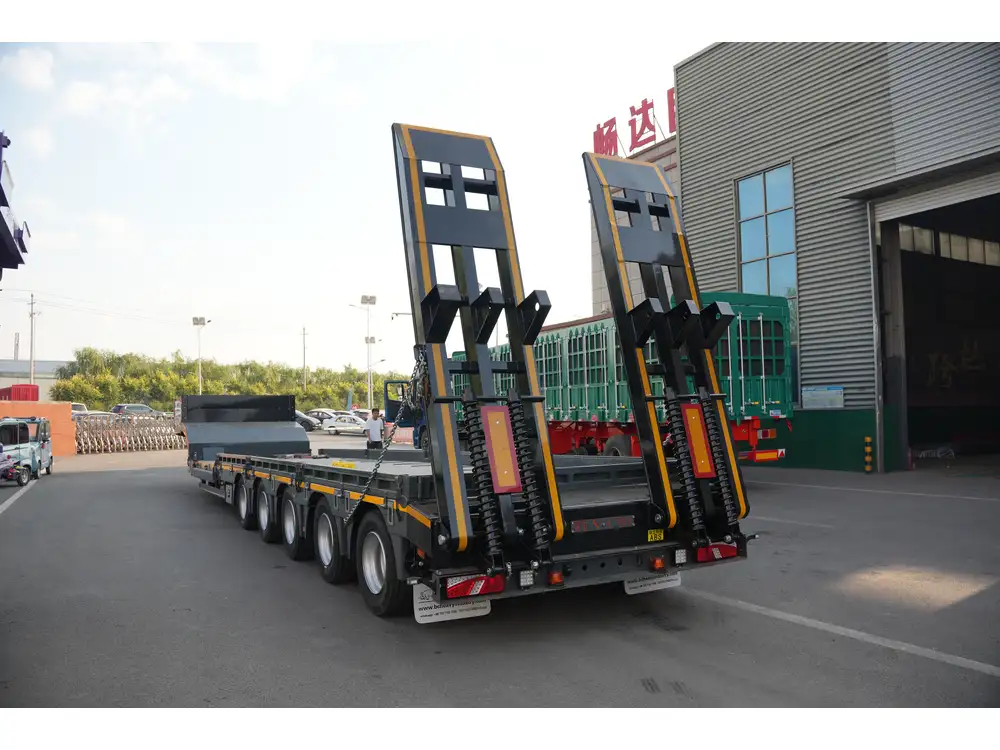
Considerations for Loading Dock Design
When designing or utilizing loading docks, businesses should consider the following:
- Height Variance: Ensure dock heights accommodate a range of trailer heights.
- Equipment: Utilize adjustable loading equipment (such as dock levelers) to bridge any gaps.
Forklift Operations
Operating forklifts around trailers necessitates awareness of trailer heights. Forklift operators must ensure that their equipment is within reach of the trailer’s entry point.
Safety Considerations: When Height Becomes Hazardous
With great height comes great responsibility. The following safety measures should be in place to mitigate risks associated with tall trailers.
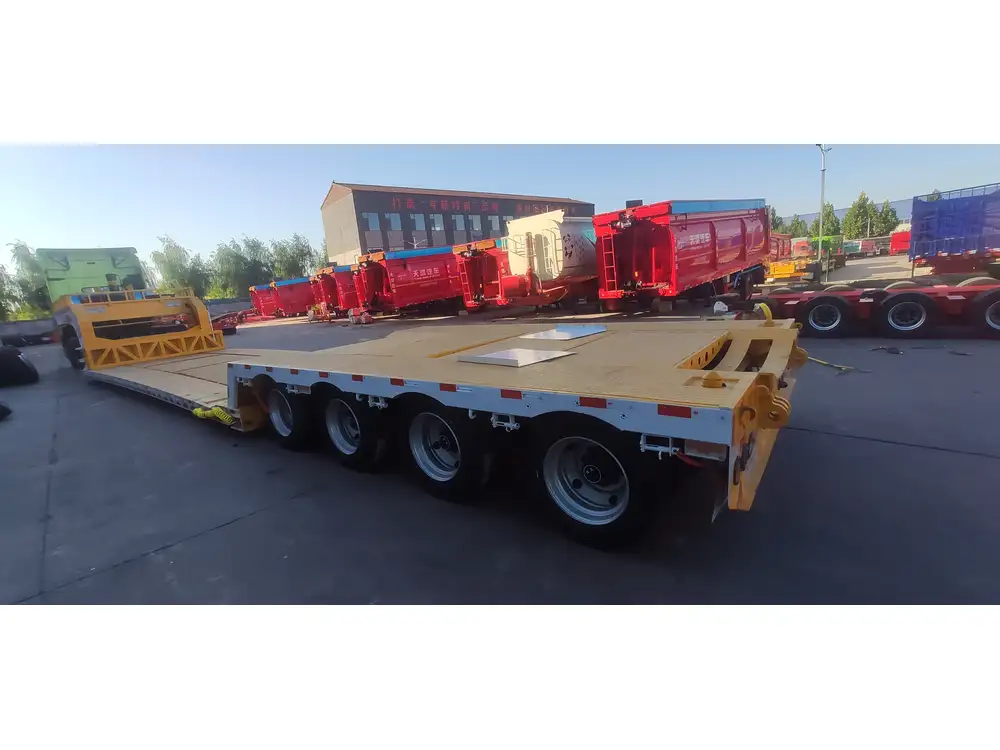
Routine Inspections
Regularly inspecting the trailer for stability and height adjustments is crucial, particularly post-load. This ensures that all components, including the suspension system, are functioning optimally.
Height Awareness Training
Logistics personnel and truck drivers should undergo training programs emphasizing safe operations around loading and unloading areas, especially near overhead structures.
Reflective Markings
Adding reflective markings or lights to indicate the height of trailers can help to enhance safety during nighttime operations.
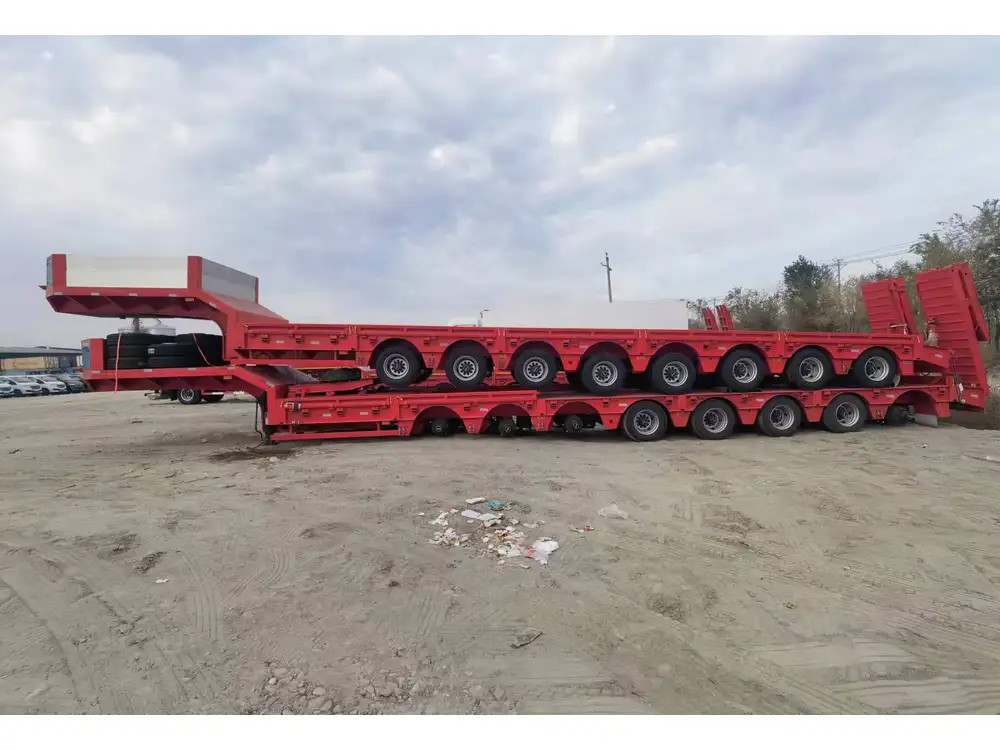
Conclusion: The Significance of Understanding Trailer Height
In summary, the height of an 18-wheeler trailer—averaging between 13.5 and 14.5 feet—plays a significant role across various dimensions of the trucking industry. From impacting loading and unloading efficiency to adhering to legal regulations, having a solid understanding of these dimensions can streamline operations and safeguard compliance.
By focusing on the implications of trailer heights, along with the associated legal regulations and safety norms, stakeholders within the transportation and logistics sectors can enhance operational efficiency, reduce potential risks, and ultimately foster a smoother supply chain process.
As the climatic demands and logistics complexities continue to evolve, so too will the designs and regulations governing the towering giants of the road. Understanding these dynamics will empower businesses to navigate the intricate web of modern freight transportation.



